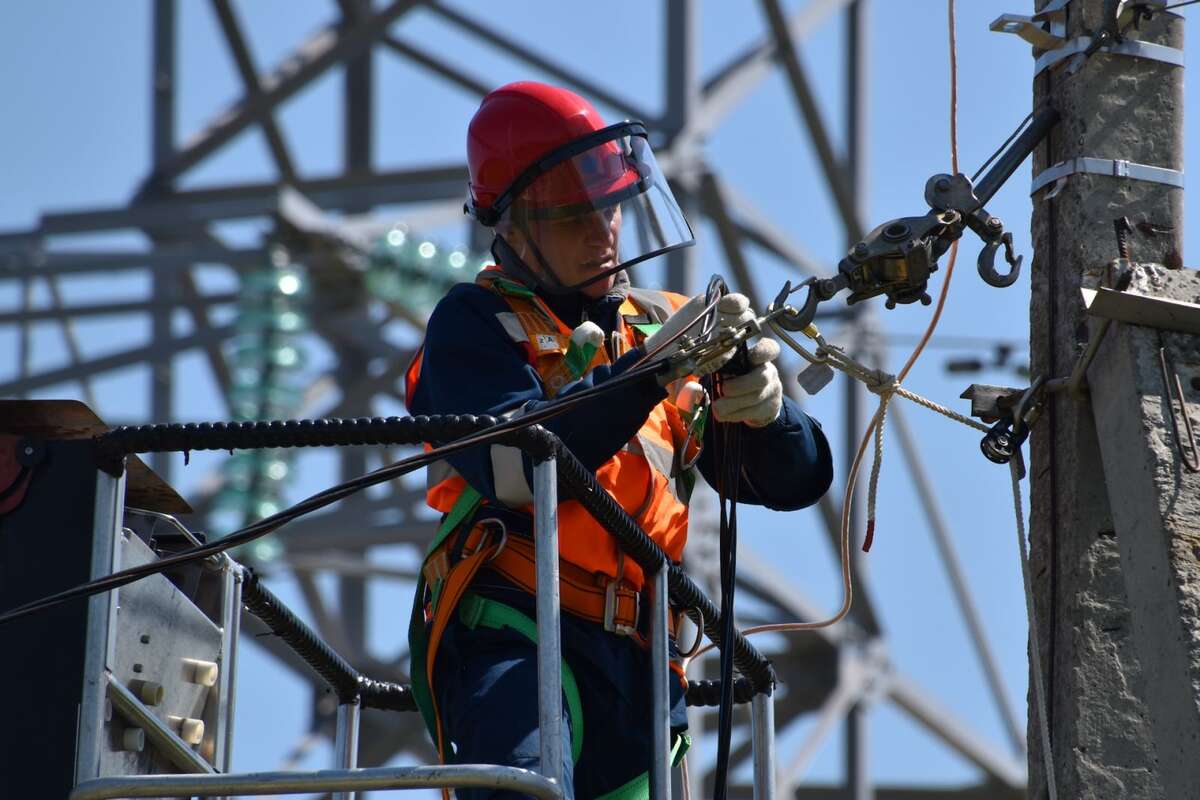Utility workers and builders in renewable energy need personal protective equipment and specialized safety gear to stabilize green power operations and provide peace of mind. Governments are expediting installations and putting tenured energy staff into new environments with novel tech. What do they need to keep themselves free from incidents?
What Risks Do Energy Workers Face?
Renewable workers experience the same concerns as conventional energy staff. Electrocution, fire, falls and other issues are at the top of the list. However, experts in wind, hydrogen, solar, hydro and additional clean energies face a few unique challenges or specific hazards more than others, warranting varied gear.
Protective equipment and clothing must be tailored to the conditions — are workers installing machines on rooftops or working indoors at a geothermal plant? Management must consider what is a higher priority based on conditions, as no PPE is equally impact-, fire-, shock- or burn-resistant.
The solar sector must stay protected against arc flash and blast burns. People working with wind turbines operate at unparalleled heights, meaning falls are more likely to be fatal than other energy types. Geothermal drillers face silica and high temperatures. Hydropower workers encounter untreated water and intense pressures.
The final danger renewable energy faces is a need for more education. Many of these machines are up-and-coming yet need quick installations, so workers may require comprehensive, adequate training before they get neck-deep into the guts of the equipment. The best way to support workers is by expanding training opportunities.
What Specialized Safety Equipment Protects Them?
Conventional equipment includes hard hats, safety goggles, hearing protection, sturdy shoes and durable, reflective clothing. One person could work in extreme heat and cold on the same day, receive battering from high winds or expose their ears to unprecedented noise. What other specialized gear do green energy workforces require for enhanced protection?
Incident Energy Supplies
IESs include PPE and more. It extends outside the individual into additional safety features, including signage, lighting, barriers and markers indicating hazardous working areas.
Confined Space Awareness
Workers in towering dams or wind turbines end up in enclosed, elevated spaces prone to extreme temperatures and few exit points. Hazards like falling objects and running electrical lines make it challenging to keep airflow reasonable and surroundings threat-free. Extra features like ventilators keep breathing easy.
Additionally, electrical protection that is less bulky allows swifter and less burdened movement while climbing steep ladders or navigating crawl spaces.
Fall Protection Lanyards and Harnesses
People strapped on sky-high commercial buildings or atop power plants need fall protection measures. Ladder safety systems and lanyards are necessary equipment. If high winds or heavy water threaten stability, harnesses and lifelines should have several contact points while keeping mobility reasonable.
Blowout Preventers
Geothermal drilling is a unique beast in the renewable energy landscape, with high temperatures and pressure erupting at potentially unpredictable rates. These sites must have special safety measures like blowout preventers, which eliminate unwanted liquid or explosions from making their way to the surface. Easy-to-use valve control is critical for keeping the environment damage-free and noise levels in safe regions.
Safety Regulation Compliance
OSHA has all the recommendations energy workers need to maintain a safe work environment. It has advice on respiratory protection, navigating scaffolding or ladders, and safety for industrial fleets.
The conditions for renewable installations vary slightly from other types of energy, making adherence to industry-specific compliance more essential. Directly translating traditional practices to green power may disregard nuances between the machines or safety conditions.
Arc Flash Suits
Arc flashes may happen when working in solar. A rogue electric current enters the air, leading to burns or death in the worst-case scenario. Curated suits with face shields give people safeguards against thermal and electrical surprises.
Protecting Workers to Advance Green Power
Workers with the proper safety equipment promote the strength and viability of sustainable energy generation. Incidents and hazards lead to negative publicity, ruining the reputations of green corporations and clean power. Enhancing safety with equipment and wearables safeguards people in the industry and promotes a healthy perspective on sustainable generators.














